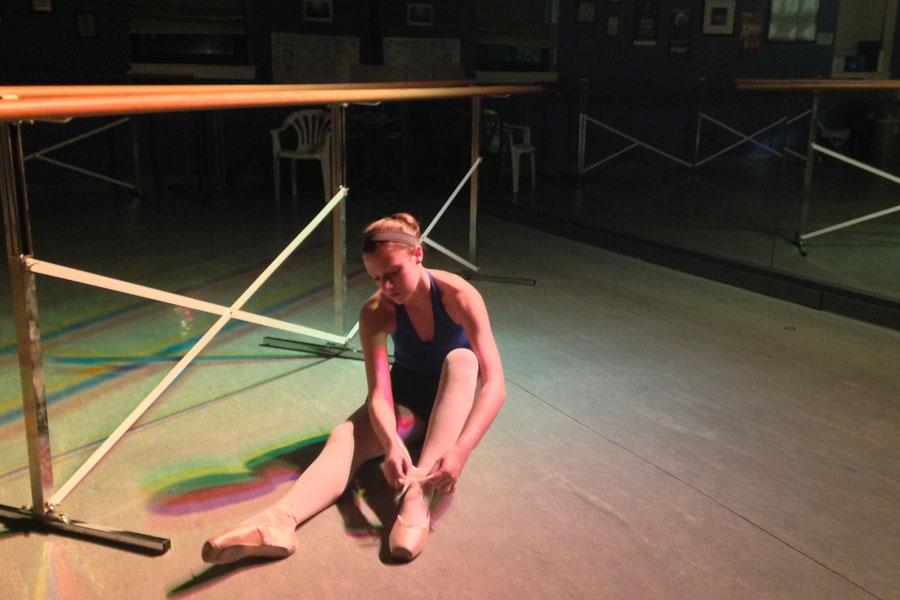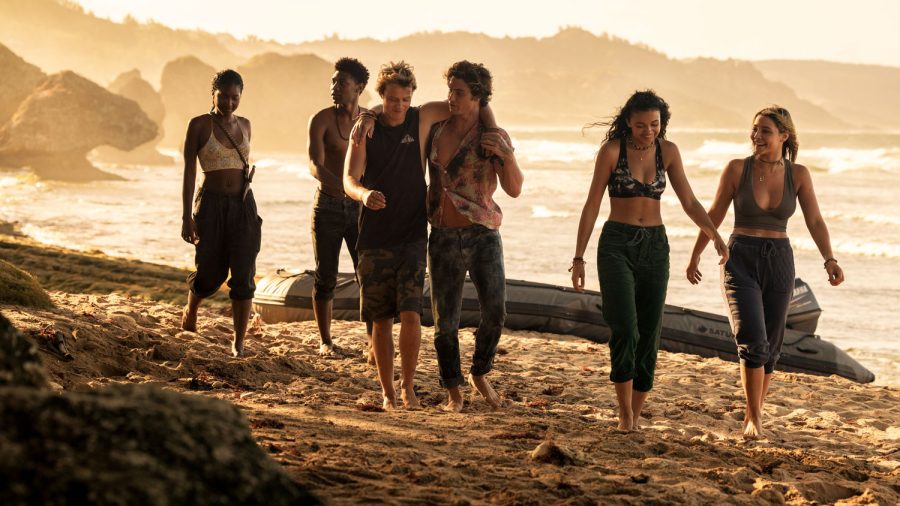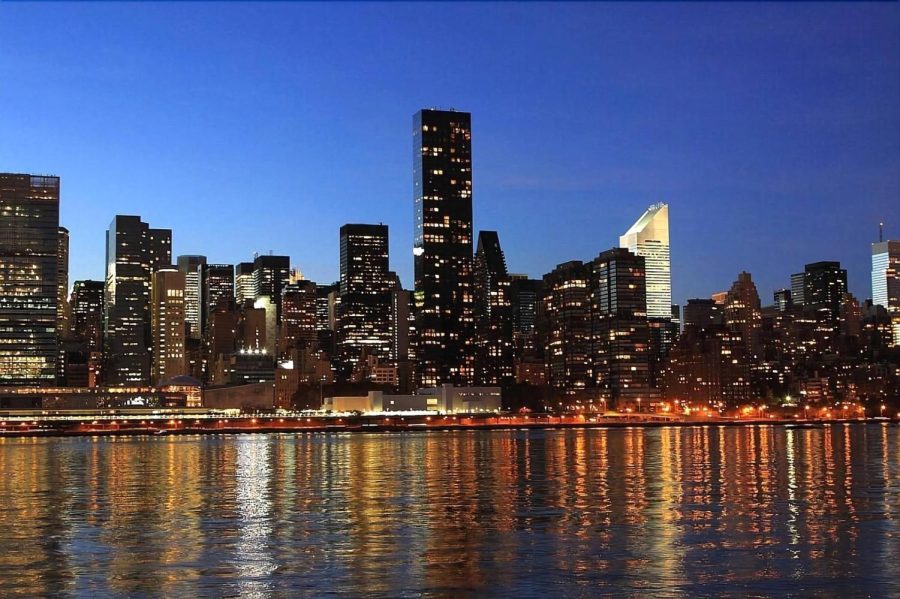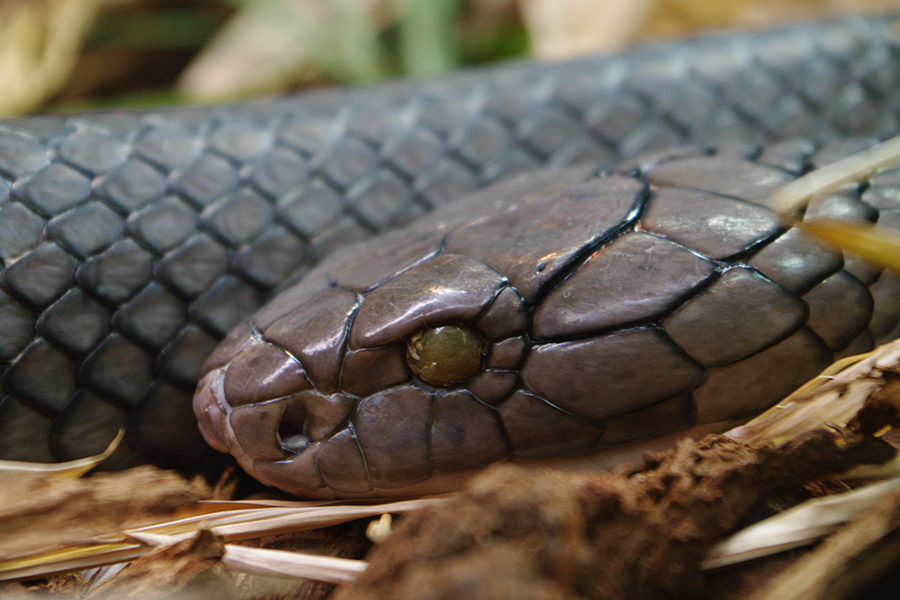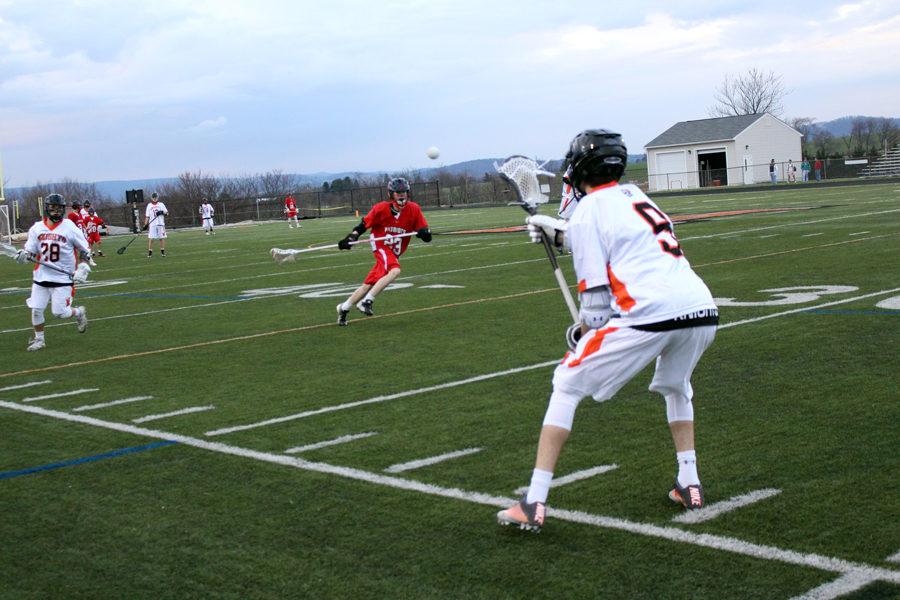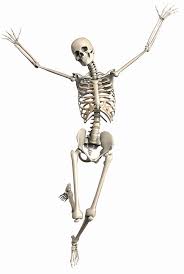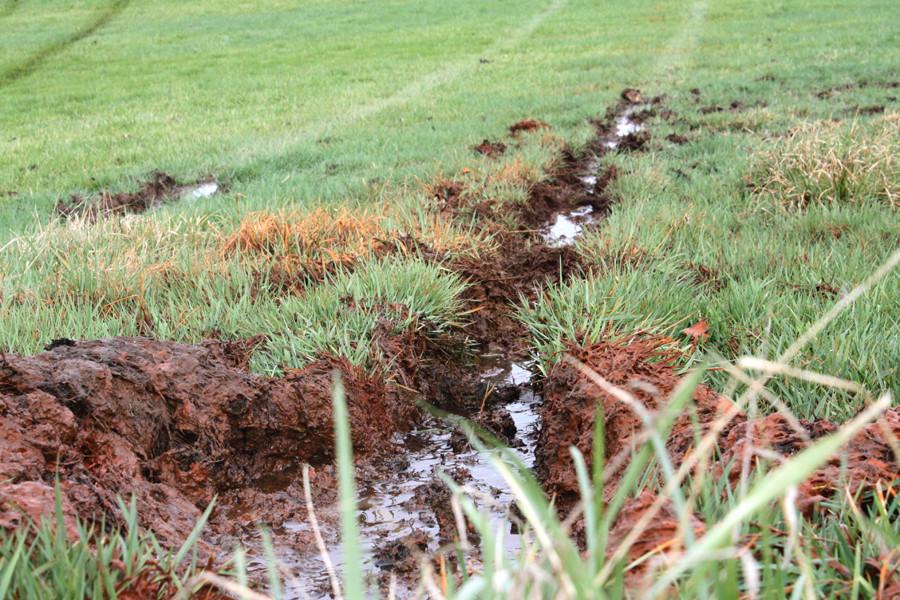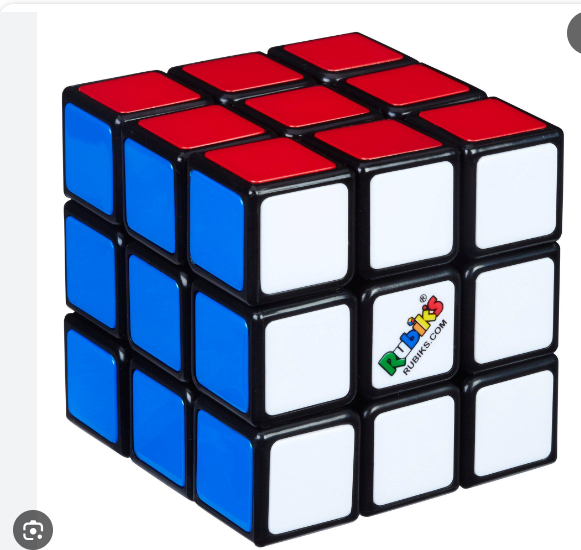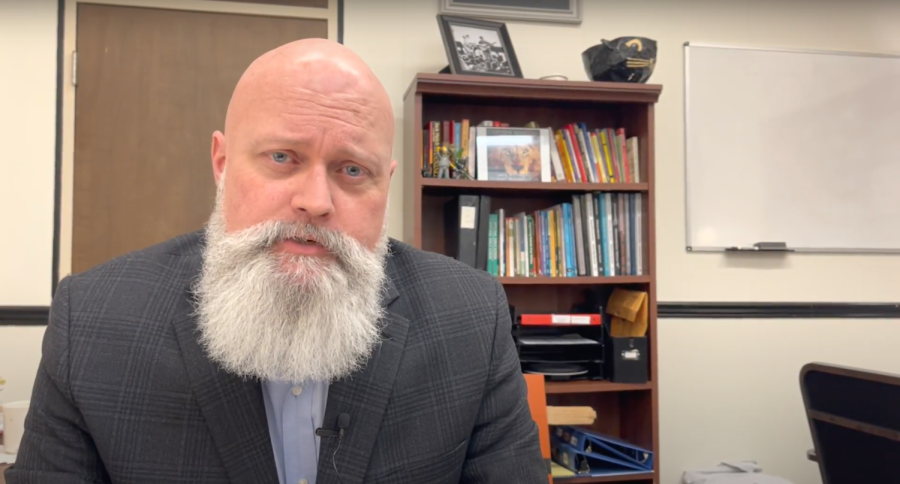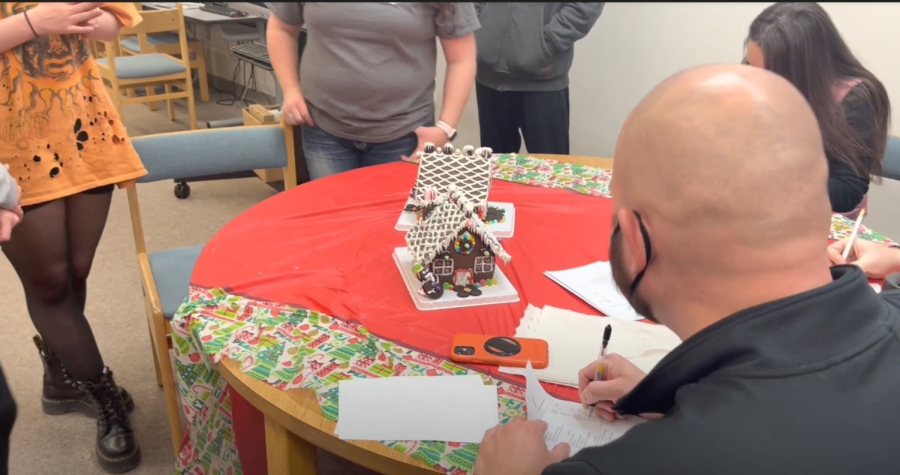As she ties the last ribbon of her pointe shoe, the nerves begin to take over her body. The butterflies flutter from within her stomach as she prepares to enter the blinding stage.
The lights beam down on her delicate face as the crystals sparkle on her magenta leotard. Within seconds, all eyes are on her, as the audience eagerly waits for the music to begin.
When members of the audience watch a dance performance, they see dancers moving their feet as beautiful, graceful artists in which the floor is the canvas. For the dancer, it’s a different story of the physically brutal pain and injuries their feet face on a day-to-day basis.
“Feet are a dancer’s instrument,” said Tauri Munger, Dee Buchanan Studio of Dance instructor. “They take a lot of abuse.”
The constant wear and tear on a dancer’s feet can lead to unsightly consequences and can sometimes have long-term effects.
“My feet are ugly now,” said Kenzie DuMars, Middletown High School dance line and dance team member, and student at the Dee Buchanan Studio of Dance. “There are bruises all over them and scabs and scars and usually dead skin falls off the bottom of my feet because of callouses.”
The typical schedule of a dancer varies, although most contain similar episodes of brutality and harshness. Hours and hours each week are dedicated to this art that, in the end, can leave lasting injuries. It’s crucial to find the right balance from class to class.
“The beginning of my week starts with a hard-hitting jazz class,” said Savannah Sines, member of the MHS dance team and Dee Buchanan Studio of Dance Company. “Tuesdays are on the more classical side with Cecchetti. My feet suffer the most on Wednesdays from two tap classes and a pointe class. On Thursdays I have ballet, which includes pointe, and then get to let everything go in lyrical to end my week.”
Dancing 15-20 hours per week is around the average for a typical competitive dancer. Every hour adds up and can eventually cause unforgiving injuries that can last a lifetime.
“I had knee surgery for a torn meniscus and have developed arthritis in my feet. Both injuries were caused by dancing,” Munger said.
Rebecca Holcomb, captain of the MHS dance line and a student at Bettie Jane’s Center of Dance Art, broke her toe one time when she was landing a toe touch and her toe curled under with all her weight landing on it.
“That morning I had dance class and the same day I had a dance competition, so I had tape my toe to another toe and dance through it even though it hurt,” Holcomb said.
Logan Bramhall, MHS dance team and dance line member, said she has had “dozens of sprained ankles, two fractured ankles, a fractured toe and a deeply bruised toe. I have also developed tendonitis around the sides of my ankles and in my biceps from overworking those muscles, and several ingrown toenails, one of which I needed surgery to fix.”
Some styles of dance cause more pain and injury than others, depending on the dancer. All feet are different, naturally creating style preferences that differ from dancer to dancer.
“Any time I dance barefoot in lyrical or jazz, my feet get beaten up. When my feet are fully exposed to the ground, I get floor burn and bruises,” Sines said.
Munger, however, felt differently when asked the same question.
“Most definitely pointe,” she said. “It’s not natural for the foot to support so much weight on the toes. If pointe is started at too young of an age, it can have damaging effects on the bone structure in the foot. The bones in the foot have to be completely formed and hardened.”
DuMars agreed with Munger. “In pointe, my feet get a lot of blisters and my nails can bend in my pointe shoes,” she said.
It’s crucial for a dancer to find the right pair of pointe shoes meant for her foot; it can make or break a dancer. Not only does the dancer have to feel comfortable in the shoe but also be prepared for performances.
Each pair must be broken in and will only last a certain amount of time before they become too worn and will no longer give enough support for the feet and body.
“Pointe is definitely tough on your feet. You are practically dancing on the tops of your toes,” said Bramhall. “You need serious ankle strength and flexibility.”
However, DuMars said that contemporary dance has its own set up potential injuries, too. In contemporary, “I don’t wear any shoes to protect my feet and when I do floor work and throw myself to the floor, I always get bruises on my feet.”
In order to stay as healthy as possible in these circumstances, it’s important for dancers to take every precaution possible, from finding the right pointe shoe to pre-medicating for a busy day. Munger takes Motrin before teaching, and a lot of nights she will sleep with her feet elevated – anything to help alleviate swelling and pain.
“Whenever my feet start to ache or when I have and injury, I always RICE (rest, ice, compress, and elevate) it, and I soak my feet in baths with warm water and Epsom salt,” said Bramhall.
Holcomb said she tries to prevent injury by putting medical tape on her “pinky toe” during pointe class and putting sheep’s wool in the bottom of her pointe shoe.
The music stops, but the pain persists. Her arches are aching and there’s an unmistakable hue of blood on the inside of her shoe from a blister rubbed raw.
As she takes her final pose, out of breath and glistening in sweat, she takes in the excitement and applause of the crowd. Those last few ballet runs off the stage and into her dressing room are the first few runs of relief. Then the shoes come off.



